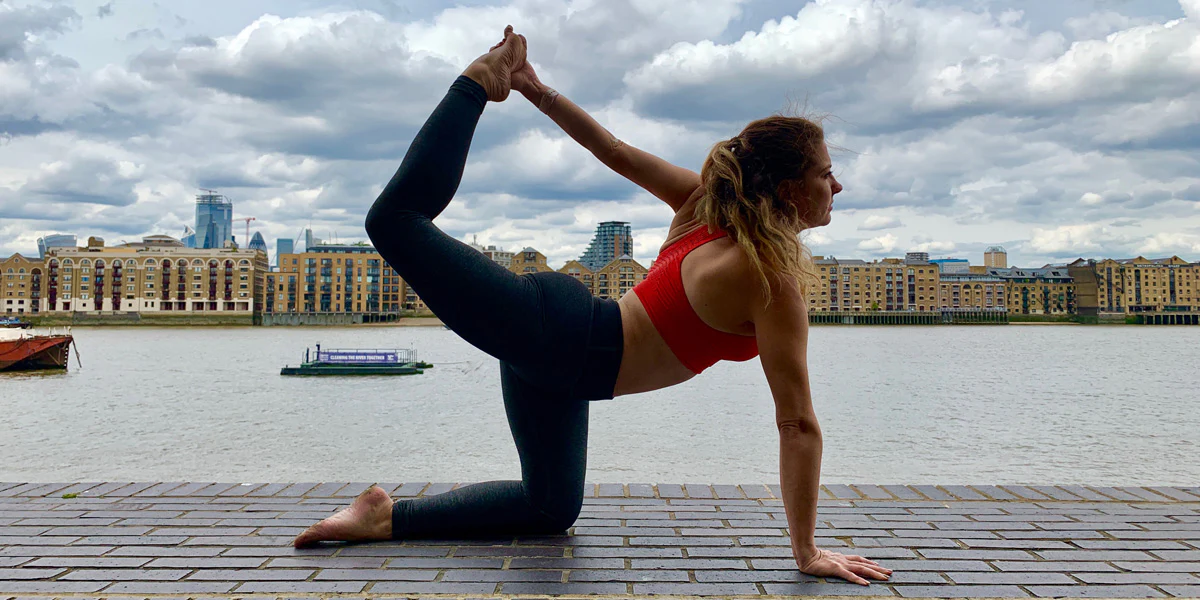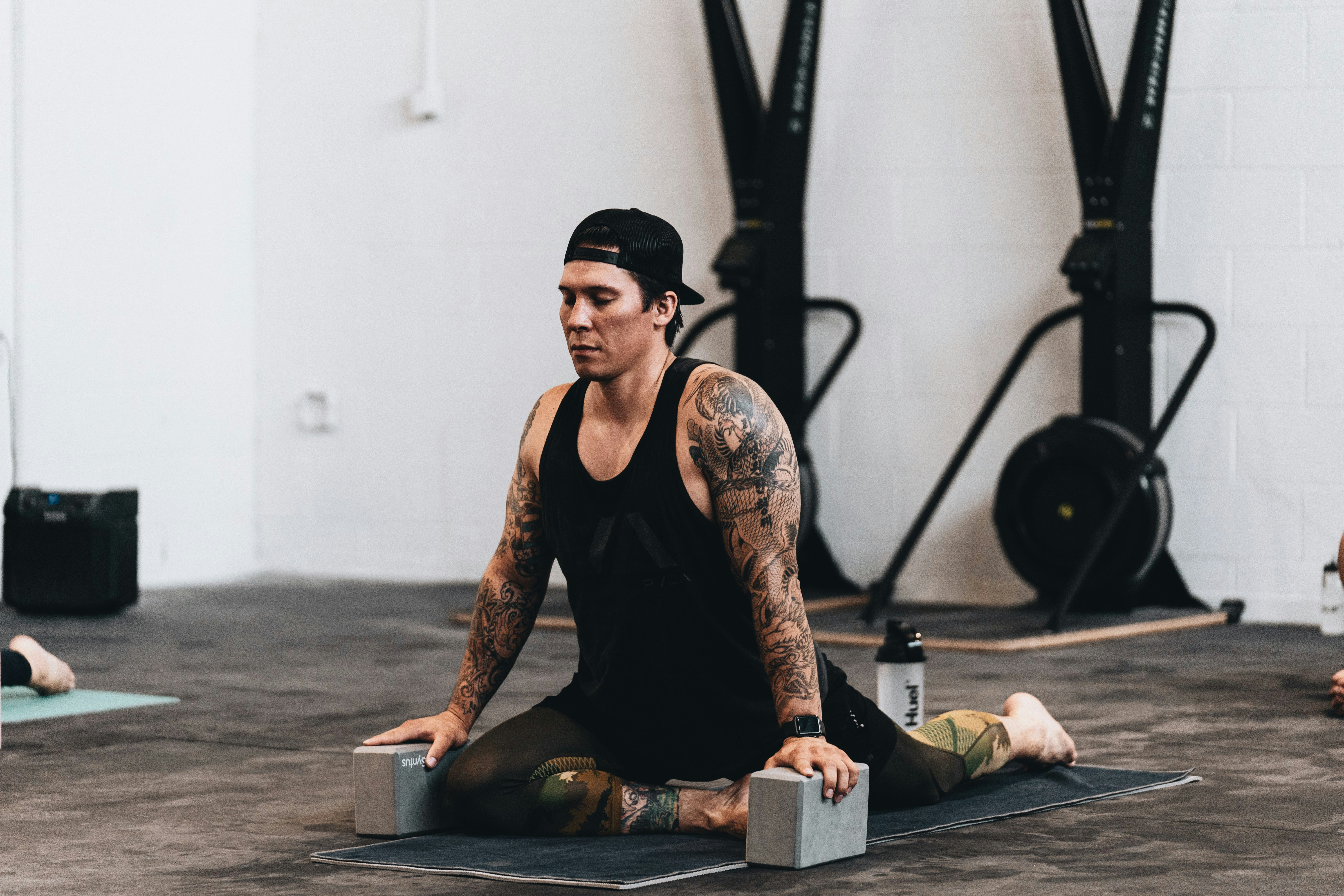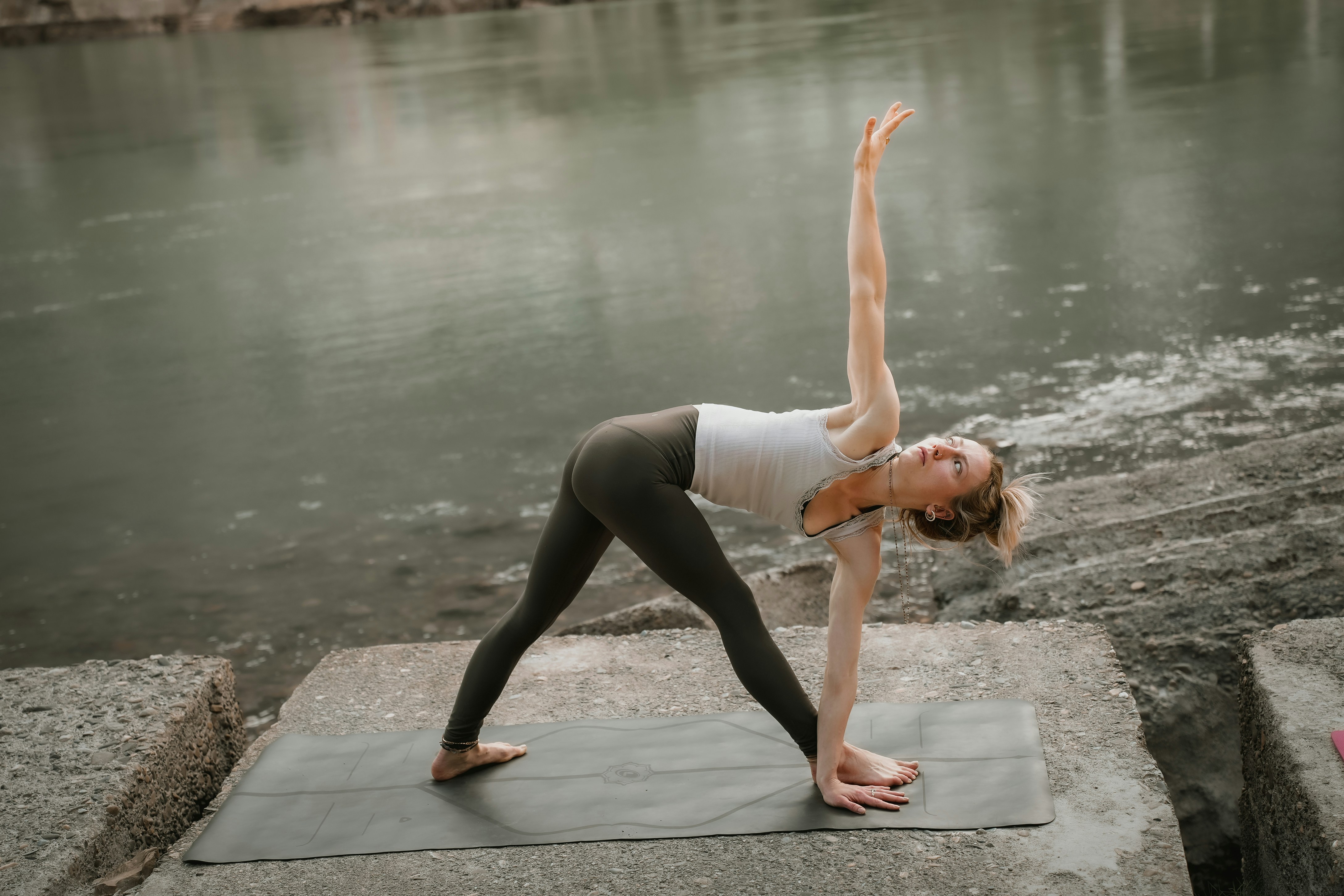Practice
The Art of Yoga Sequencing

Yoga is a beautiful, evolving practice that offers much more than just physical exercise. Over time, I’ve come to realize that a major part of what makes a yoga session memorable and transformative lies in the art of yoga sequencing. When poses are intentionally arranged, they can guide the mind and body on a profound journey. Through my personal exploration and teaching experience, I have come to deeply appreciate how sequencing shapes the energy, emotions, and flow of each practice. Today, I want to take you inside my own approach to this fascinating aspect of yoga and share how you can develop a strong, intuitive sense for it yourself.
Exploring the Meaning Behind the Art of Yoga Sequencing
In the early days of my yoga journey, I often wondered why some classes left me feeling completely rejuvenated while others felt a bit disconnected. It wasn’t until I studied the foundations of the art of yoga sequencing that everything clicked. Carefully planned sequences are the key to guiding practitioners through physical challenges, emotional shifts, and mental clarity.
Rather than randomly choosing postures, sequencing thoughtfully connects each pose to the next, creating an intentional story told through movement. It’s about building a foundation, ascending to a peak, and gracefully winding down. Without this structure, even the most physically demanding classes can feel hollow. For me, the art of yoga sequencing is what turns a collection of poses into a transformative experience for the body and spirit.
Laying the Groundwork With a Clear Purpose
Whenever I set out to design a yoga sequence, I begin by grounding myself in a clear and heartfelt intention. Having a guiding theme helps me create a cohesive flow rather than a disconnected series of moves. Before I even think about the poses, I reflect on what I want the practice to achieve. Is today’s practice about grounding and calming? Or is it about invigorating the body with energy and strength?
This first step forms the invisible thread that weaves through the entire practice. If my goal is deep relaxation, my sequence will favor gentle hip openers, long forward folds, and restorative backbends. If, on the other hand, I aim to energize, I will layer in strong standing sequences, active twists, and dynamic breathwork. From experience, I can say that starting with a well-defined intention makes every transition and posture feel more purposeful and connected in the art of yoga sequencing.
Warming Up the Body and Awakening Awareness
No matter the final destination of a yoga class, every journey needs a thoughtful beginning. A thorough warm-up is essential to prepare the body, breath, and mind for deeper work. I like to think of the warm-up as tuning an instrument before a concert — it’s a necessary step for creating harmony.
In my classes and personal practices, I typically start with easy breathing exercises or gentle, rhythmic movements. Cat-cow stretches, seated side bends, and low lunges help awaken the spine, hips, and shoulders without overwhelming the body too early. These foundational poses gradually awaken the body’s awareness, setting a mindful tone for everything that follows. As part of the art of yoga sequencing, warming up is not about rushing — it’s about easing into the flow with patience and sensitivity.
Reaching Toward the Peak: Building Energy and Momentum
After establishing a solid warm-up, I gradually build the intensity of the practice. This rising action mirrors the energy of a story’s climax and is one of the most exciting aspects of the art of yoga sequencing for me. This phase is where energy gathers, muscles engage, and concentration deepens.
I usually start introducing standing poses such as Warrior I, Warrior II, and Extended Side Angle. These poses help build strength, endurance, and focus. Gradually, the movements become more challenging, incorporating balance work like Tree Pose or Half Moon Pose to sharpen mental clarity. I often select a “peak pose” — a posture that requires all the strength, flexibility, and awareness developed earlier in the sequence. Whether it’s an arm balance like Crow Pose or a deep backbend like Camel Pose, the peak pose becomes the pinnacle of the journey we’ve been preparing for.
Transitioning Into the Descent: Soothing the Body
Once we’ve reached the high point of energy, it’s important to guide the body back down mindfully. The descent phase is crucial for restoring balance and grounding the nervous system. Without this gradual release, the body can feel jarred and unsettled after an intense practice.
In my own sequencing, I love moving into seated twists, gentle hip openers like Pigeon Pose, and calming forward folds. These poses help release any built-up tension and begin shifting the focus inward. Longer-held stretches and restorative postures like Supta Baddha Konasana create space for deep relaxation. Cooling down thoughtfully is an essential part of the art of yoga sequencing, providing the body and mind time to integrate the work they’ve just accomplished.
Breathing Life Into the Practice
In my experience, breath is the unseen but vital element that brings a yoga sequence to life. Throughout every phase of the practice — from warm-up to peak to cool down — linking breath with movement creates fluidity and connection. The breath serves as a guide, telling the body when to expand and when to contract, when to move and when to be still.
When planning sequences, I deliberately integrate breathing patterns that support each transition. Inhaling to lift, lengthen, or expand and exhaling to fold, ground, or twist becomes second nature. Conscious breathwork transforms even the simplest movements into a moving meditation, enhancing every aspect of the art of yoga sequencing.
Adapting to the Moment and Honoring Authenticity
One of the most valuable lessons I’ve learned over the years is that no sequence should be rigid. Life is fluid, and so is yoga. Sometimes, what seemed like the perfect plan needs to be adapted in real-time based on the energy in the room or my own body’s needs.
There are days when students (or I myself) arrive with low energy, and a vigorous sequence would feel forced. Other times, there’s a buzz of excitement, and a slow, restorative flow might not suit the moment. In these cases, allowing space for spontaneous changes is critical. Staying flexible honors the living, breathing nature of yoga and keeps the practice authentic and intuitive. This adaptability is a core principle in mastering the art of yoga sequencing.
Embracing Personal Creativity in Sequencing
Every yoga teacher and practitioner develops a unique style over time, and embracing that individuality is key. Some people naturally create sequences that are rhythmic and dance-like; others prefer structured, alignment-based flows. My own sequencing tends to blend creativity with a deep respect for traditional yoga foundations.
When approaching the art of yoga sequencing, I encourage everyone to experiment, play, and trust their intuition. Allow yourself to be inspired by nature, by music, by your own inner world. A sequence that feels alive and true to you will always resonate more deeply with those you teach or share it with.
Conclusion
Mastering the art of yoga sequencing is a lifelong journey of exploration, intuition, and learning. It’s about so much more than simply arranging poses; it’s about crafting a mindful experience that nurtures body, mind, and spirit. Through clear intention, gradual progression, conscious breathwork, and adaptive creativity, we can transform a yoga practice into a soulful journey every time we step on the mat.
As I continue walking this path, I’m reminded again and again how sequencing is an art — a living, breathing expression of connection, awareness, and transformation. By embracing the principles of the art of yoga sequencing, you too can create practices that inspire growth, healing, and joy in every breath and movement.










